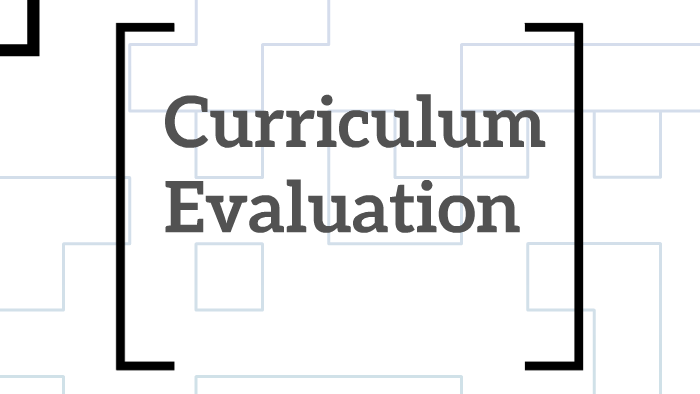
CURRICULUM EVALUATION
Assessment
•
Deleted User
•
Education
•
University
•
682 plays
•
Hard
Improve your activity
Higher order questions
Match
•
Reorder
•
Categorization
.svg)
actions
Add similar questions
Add answer explanations
Translate quiz
Tag questions with standards
More options
22 questions
Show answers
1.
Multiple Choice
1. Other than to improve, why do we need to evaluate curriculum?
Identify strength and weaknesses
Monitor desired results
Guide if can be labelled as success
All answers above are correct
2.
Multiple Choice
Which of the following is the purpose of curriculum evaluation:
i. To improve curriculum product
ii. To determine its value and worth
iii. To identify weaknesses and strength
iv. To support student to become environmentally responsible
i and ii
i, ii and iv
i, ii, and iii
All of the above
3.
Multiple Choice
According to Ornstein a. & Hunkins f. (1998) Curriculum evaluation is:
Process of determining and appraising the proficiency level of a system or practice.
Process done in order to gather data that enables one to decide whether to accept, change, eliminate the whole curriculum of a textbook.
To identify the weaknesses and strengths as well as problems encountered in the implementation, to improve the curriculum development process.
Process of delineating, obtaining and providing useful information for judging alternatives for purposes of modifying, or eliminating the curriculum.
4.
Multiple Choice
Curriculum evaluation provides information necessary for _________.
Teachers
School managers
Curriculum specialist
All of the above
5.
Multiple Choice
The best curriculum evaluation is should be implemented in the end of the curriculum implementation only.
True
False
6.
Multiple Choice
Intrinsic value, Instrumental value, Comparative value, Idealization value and Decision value are the types of value question pertinent to evaluating curriculum as mentioned by:
Bradley’s (1985)
Talmage (1985)
Ralph Tyler (1950)
Robert Stake (1975)

Explore this activity with a free account
Find a similar activity
Create activity tailored to your needs using
.svg)

Design Thinking Vocab
•
1st - 5th Grade

Google Meets
•
10th - 12th Grade

Fruits
•
9th Grade

Healthy Relationships
•
5th Grade

Reflective Practice
•
University

Articulation & Phonology
•
University

Intro to Media Arts
•
9th - 12th Grade

Graphic Design
•
9th - 12th Grade